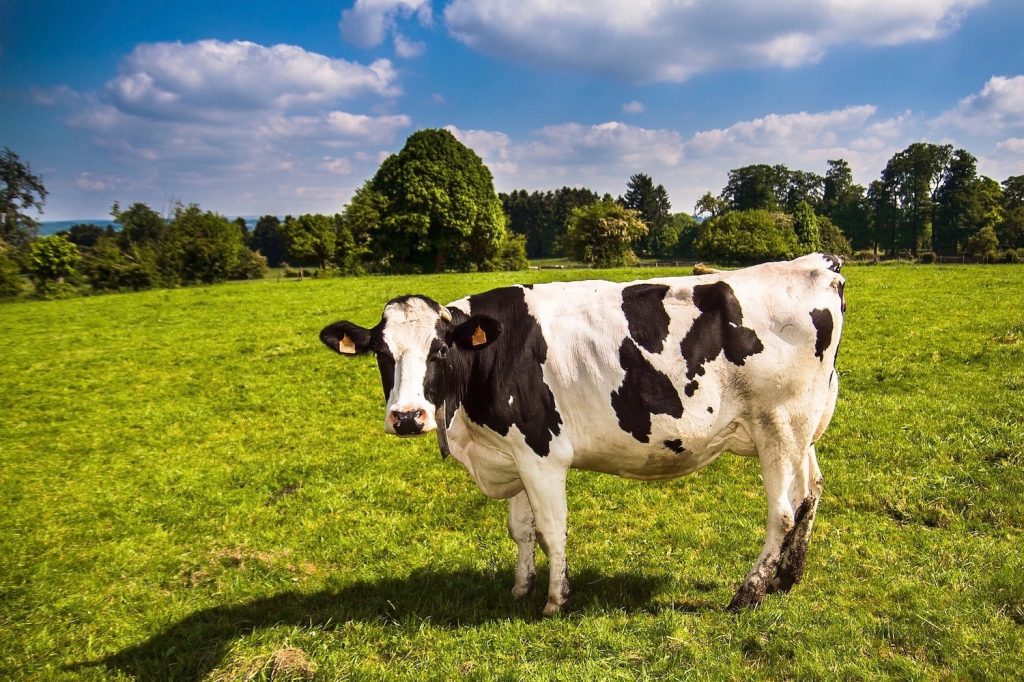How to protect your herd from Staggers
19th September 2020
Quality Meat Scotland (QMS) has launched a new guide to help farmers reduce the risk of ‘Staggers’ and protect their herds.
Quality Meat Scotland (QMS) has launched a new guide to help farmers reduce the risk of ‘Staggers’ and protect their herds.
Large animal vet Hamish Marsden from Clyde Vet Group in Lanark also offered some top tips in the first in a series of monthly features focusing on seasonal animal health issues.
‘The predictably unpredictable conditions can play havoc with health planning and disease, and cases of Staggers (grass tetany/hypomagnesaemia) can just be the icing on the cake,’ Hamish writes.
‘The disease is generally seen in spring and autumn with wet lush grass. This grass has lower Magnesium levels and the low dry matter reduces the gut transit time, so the cow has less time to digest it fully.’
While early symptoms are difficult to identify, he says farmers should look out for: excitability, high head carriage and incoordination. This leads to the more commonly seen down cow with seizures, foaming at the mouth and paddling feet.
Staggers is treatable and details should be discussed with your vet as part of your annual health plan, but Hamish stresses that it is a genuine veterinary emergency, so it is essential that you contact a vet immediately if there is a case in your herd.
Factors that can increase the risk of Staggers include high potassium and nitrogen fertiliser use, and older cows.
Hamish recommends the following steps to lower the risk to your herd:
- Identify your at-risk cows – old cows, lactating cows
- Conduct soil and grass analysis on high-risk parts of the farm
- Look at high-risk times of the year on your own farm
- Once these are identified, plan ahead to anticipate problems
Another method is to graze diverse multi-species swards during high-risk periods and graze sheltered fields if possible, during stormy weather.
In addition, look at feeding cows on deferred grazing with higher dry matter levels and offer straw in ring feeders to slow the feed passage through the rumen.
Hamish advises contacting your nutritionist for advice on supplementing cattle with magnesium.
‘There are various methods, my preferred options are slow release magnesium boluses and high mag rolls – mineral licks have their place; however, intake is unpredictable.
‘Nutritional supplements may appear expensive but weigh it up against losses and buying replacements. I would encourage everyone to discuss treatment options and risk identification as part of their annual health plan.’
Click HERE to view the QMS Staggers guide.

